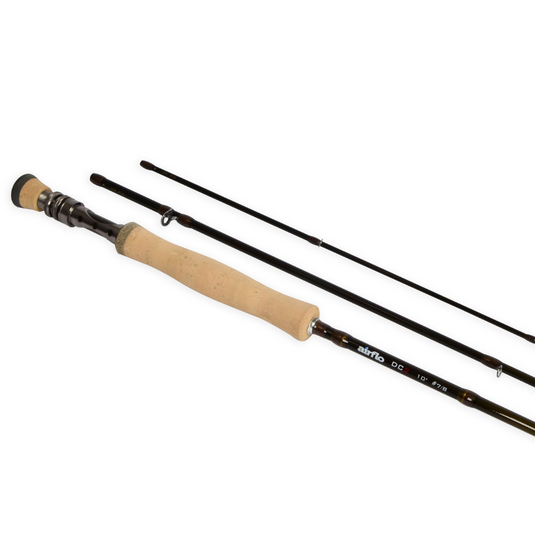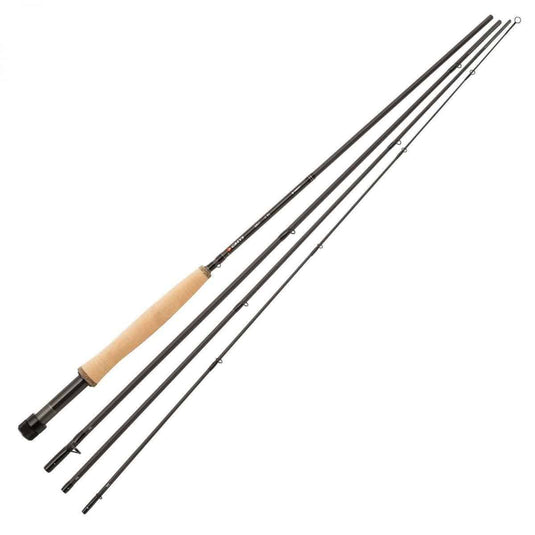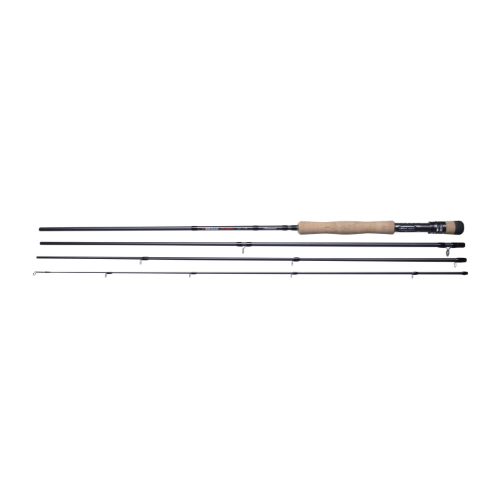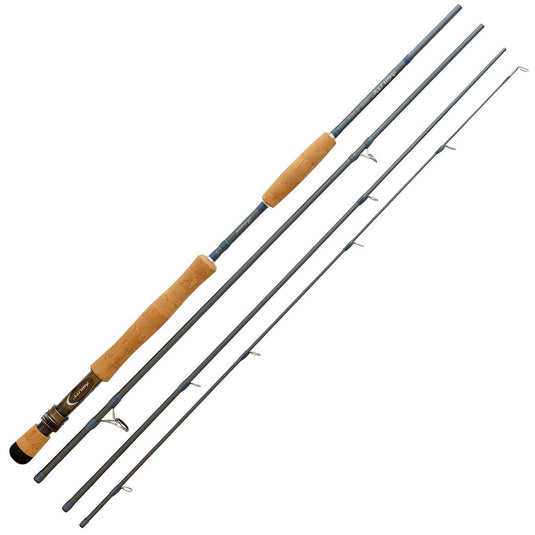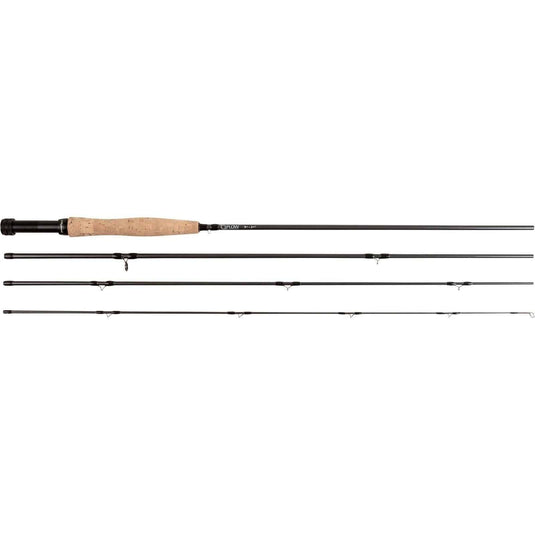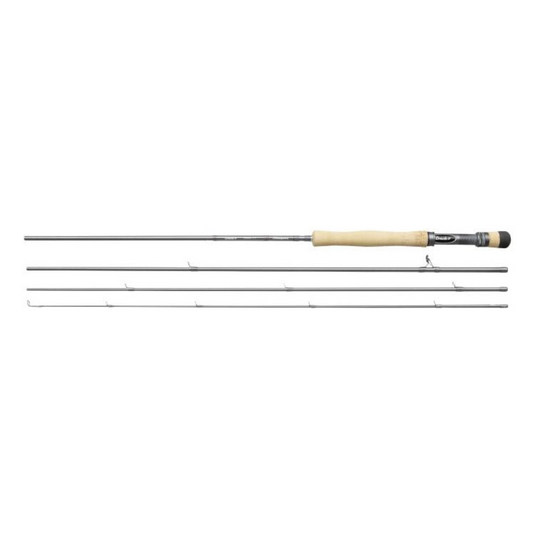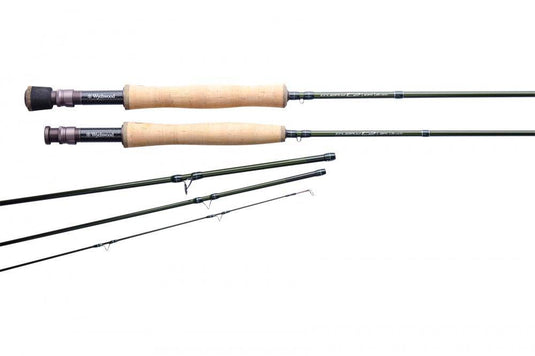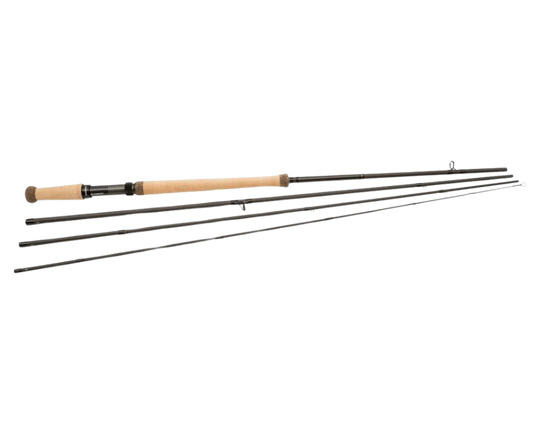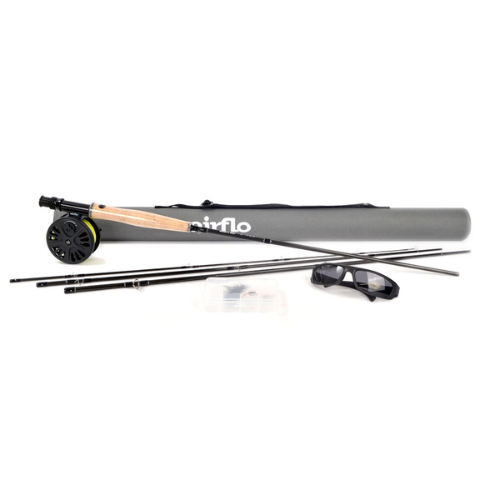The Fascinating World of the Mayfly

Unveiling the Fascinating World of the Mayfly: A Journey Through Its Brief Yet Significant Life
Mayflies are among the most intriguing insects in the natural world, celebrated not only for their ephemeral lifespans but also for their unique role in the ecosystems they inhabit. This blog explores the lifecycle, ecological importance, and the remarkable behavior of mayflies, providing a window into the life of an insect that has captivated scientists and nature enthusiasts alike.
The Lifecycle of a Mayfly
The life of a mayfly is a race against time. Known scientifically as 'Ephemeroptera', which translates to "short-lived" in Greek, mayflies have one of the shortest lifespans among multicellular organisms. Their entire lifecycle, from egg to death, is a fleeting phenomenon, typically spanning from just a few minutes to a couple of days in their adult form.
Egg Stage
The journey begins in water, where female mayflies deposit hundreds to thousands of eggs. These eggs sink to the bottom and adhere to rocks or vegetation. Depending on the species and environmental conditions, the eggs may hatch within a few weeks or lie dormant through the winter, waiting for spring to trigger their development.
Nymph Stage
Upon hatching, mayflies enter the nymph or larval stage, which can last from several months to up to three years. Mayfly nymphs are aquatic and reside at the bottom of water bodies, where they play a crucial ecological role. They feed on algae, detritus, and microorganisms, while themselves serving as a vital food source for a wide range of predators, including fish and birds.
Adult Stage
The transition from nymph to adult is dramatic. Nymphs rise to the water's surface, their exoskeleton splits, and the adult mayfly, or subimago, emerges. This stage is unique among insects as mayflies undergo an additional molt, transitioning from the subimago stage to the fully mature adult, known as the imago. The adult mayflies, characterized by their delicate, transparent wings and long, wispy tails, have a singular purpose: reproduction.
Ecological Importance of Mayflies
Mayflies are often considered indicators of environmental health. Their presence and abundance in a water body typically signify good water quality, as they are sensitive to pollution and changes in water chemistry. In their nymph stage, mayflies are essential for breaking down organic materials, which helps maintain the ecological balance within aquatic environments.
As adults, although they do not feed and live very briefly, mayflies have a significant impact on the food web. Their synchronized emergence provides a feast for predators, including fish, birds, and other insects, in an incredible display of nature's interconnectedness.
The Phenomenon of Mayfly Swarms
One of the most spectacular aspects of mayfly behavior is their mass emergence. In some species, this occurs synchronously, with millions of individuals emerging at once, often blanketing nearby surfaces and even showing up on weather radar as massive cloud-like formations. This swarming behavior maximizes their chances of reproducing in their very brief window of life, ensuring that enough mayflies survive predation to mate and lay eggs.
Conservation and Human Impact
Despite their abundance, mayflies are not immune to environmental threats. Pollution, habitat destruction, and climate change pose significant risks to mayfly populations. Conservation efforts are crucial in maintaining the health of aquatic ecosystems that rely on mayflies as both bioindicators and as essential components of the food chain.
Conclusion
The life of a mayfly, though incredibly short, is remarkably full. From their role as a key species in aquatic ecosystems to their breathtaking swarms, mayflies are a testament to the beauty and complexity of nature. Understanding and appreciating these creatures helps underscore the importance of ecological balance and conservation efforts.
In exploring the world of the mayfly, we are reminded of the delicate interdependencies that sustain life on our planet and the urgent need to protect these intricate natural systems.

